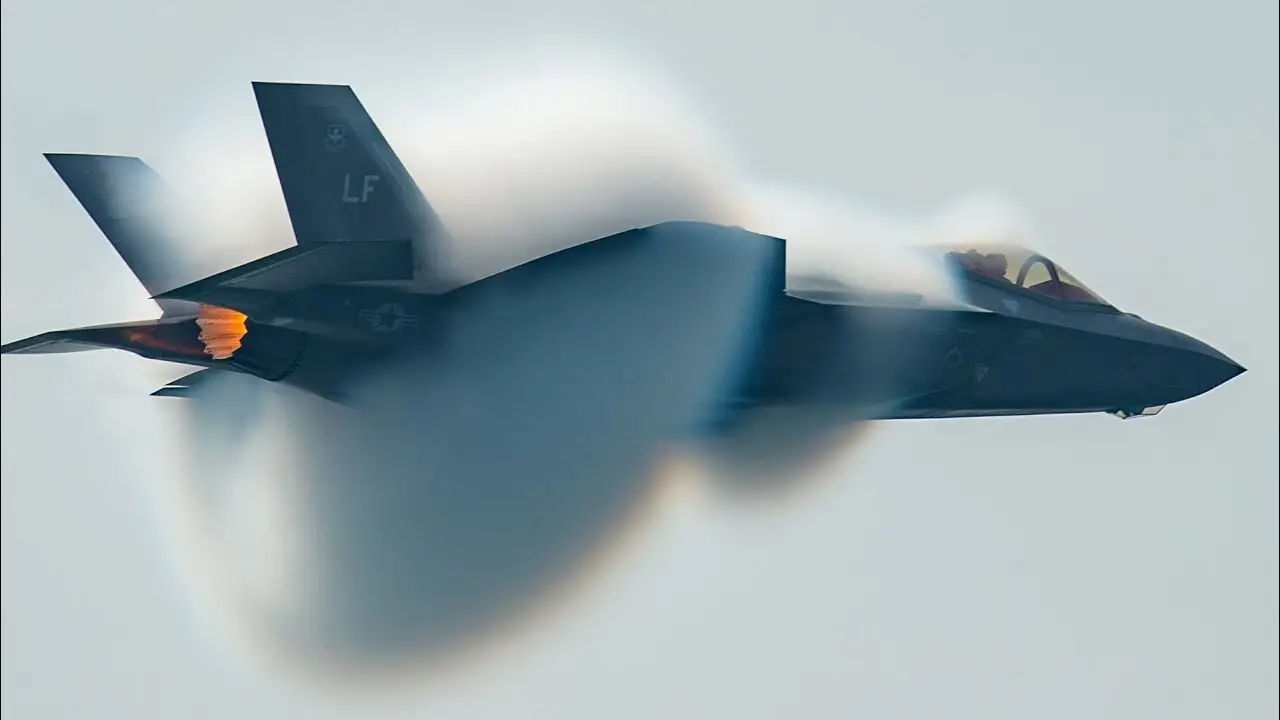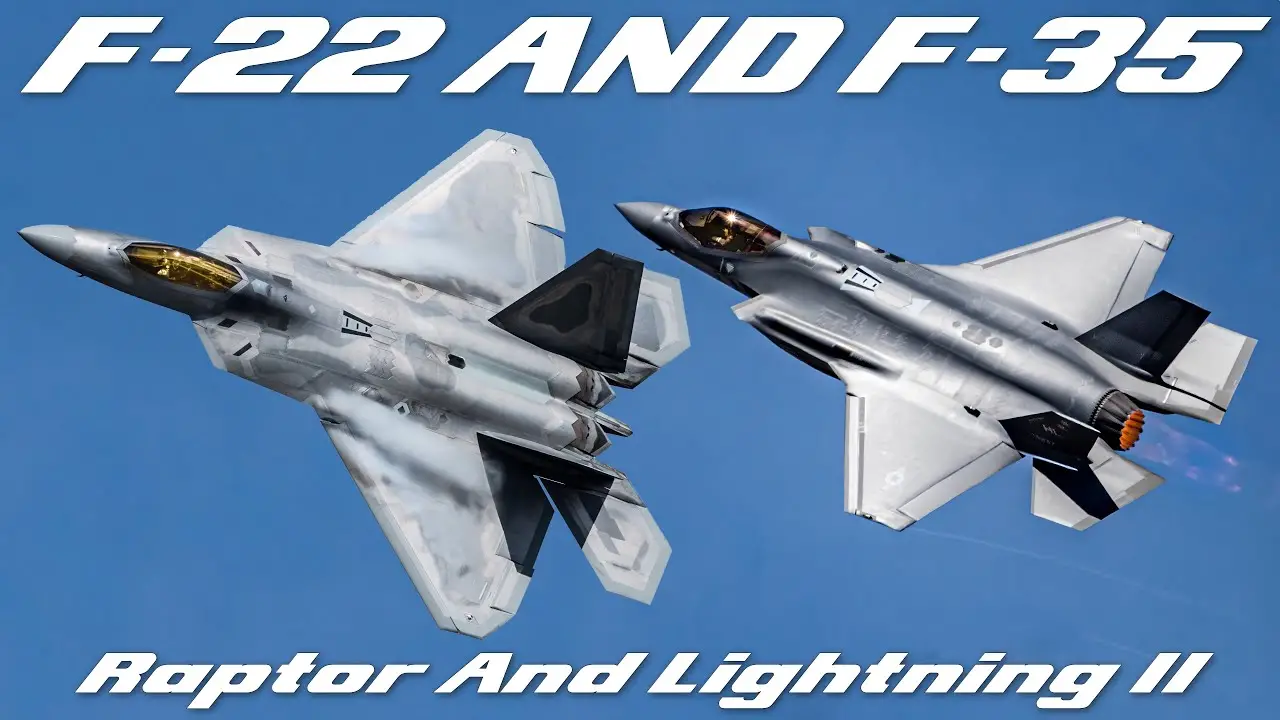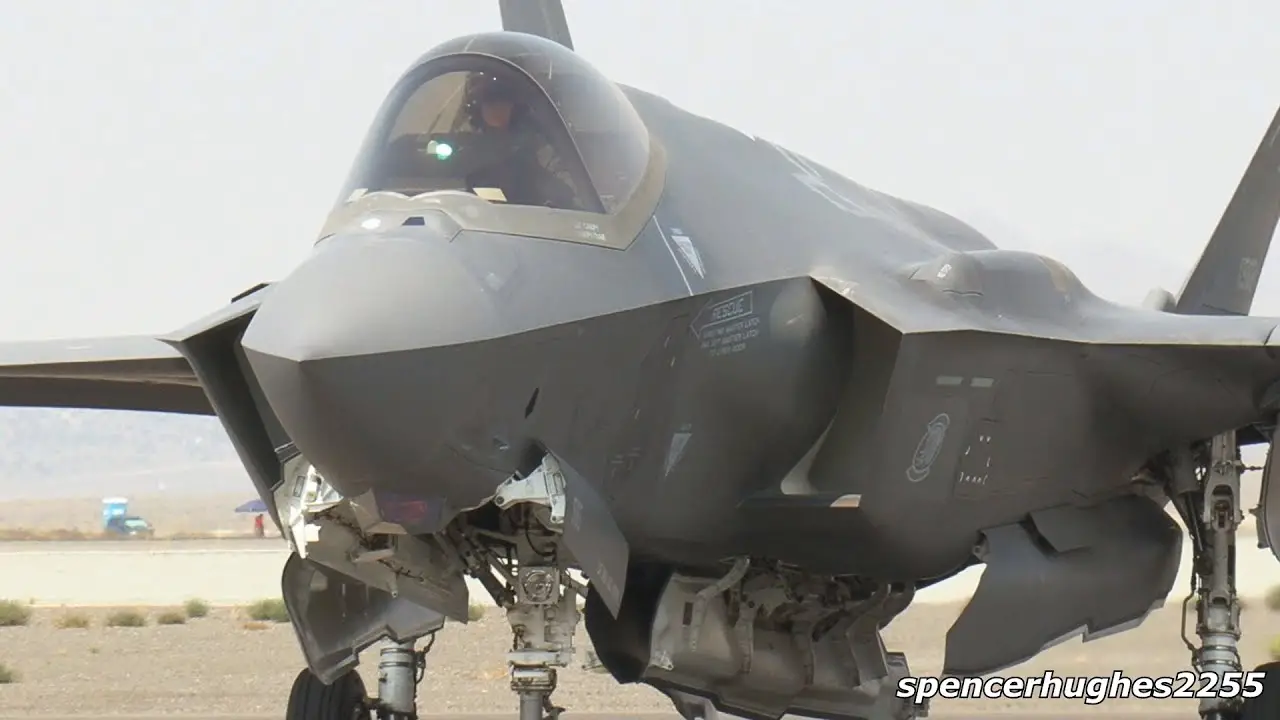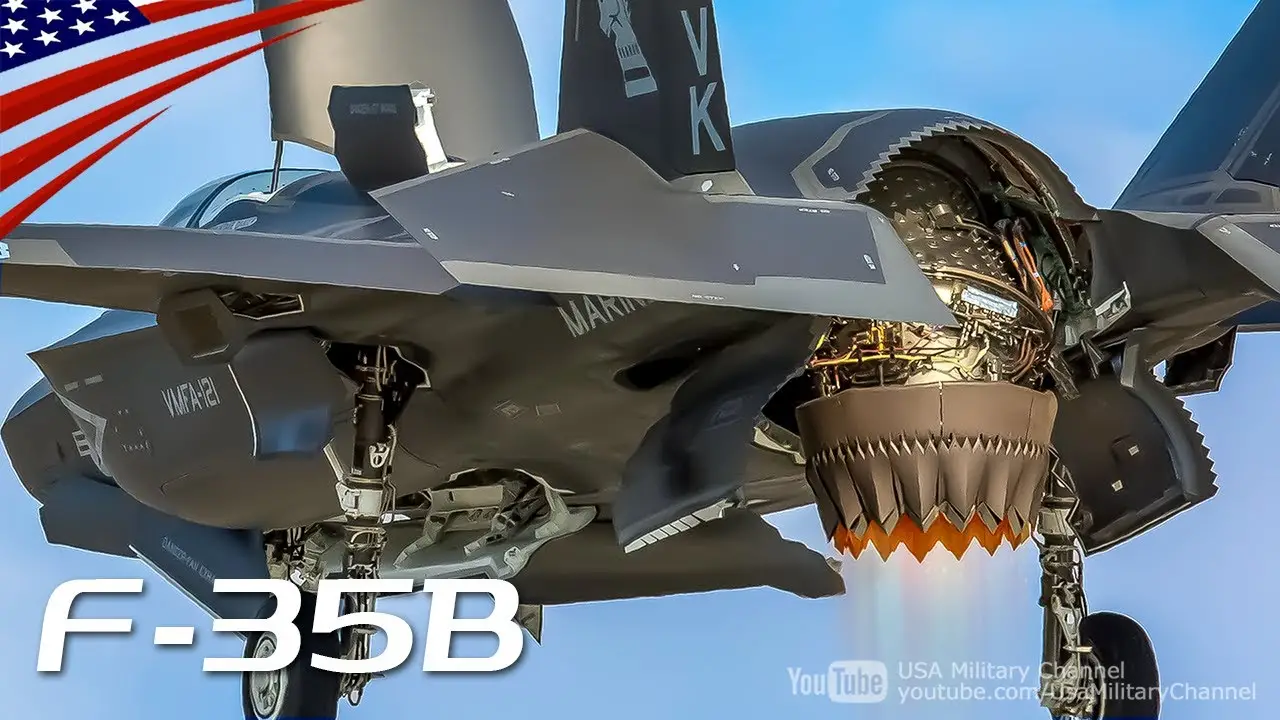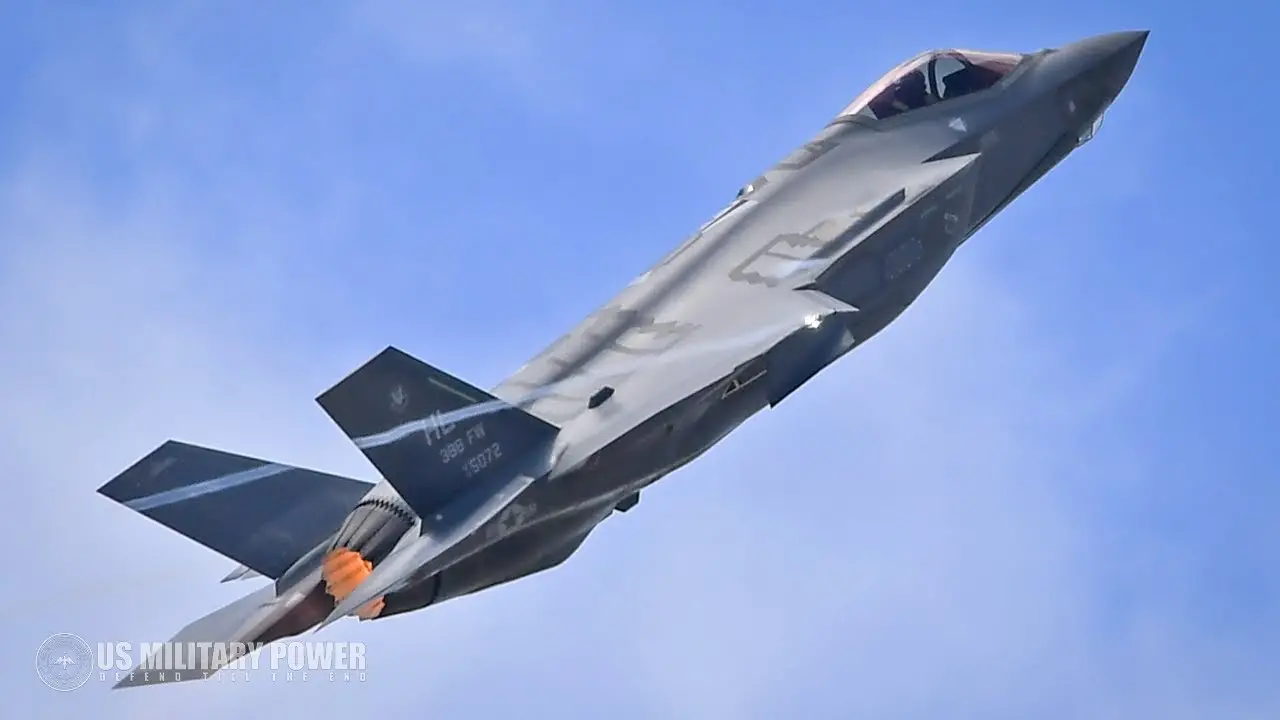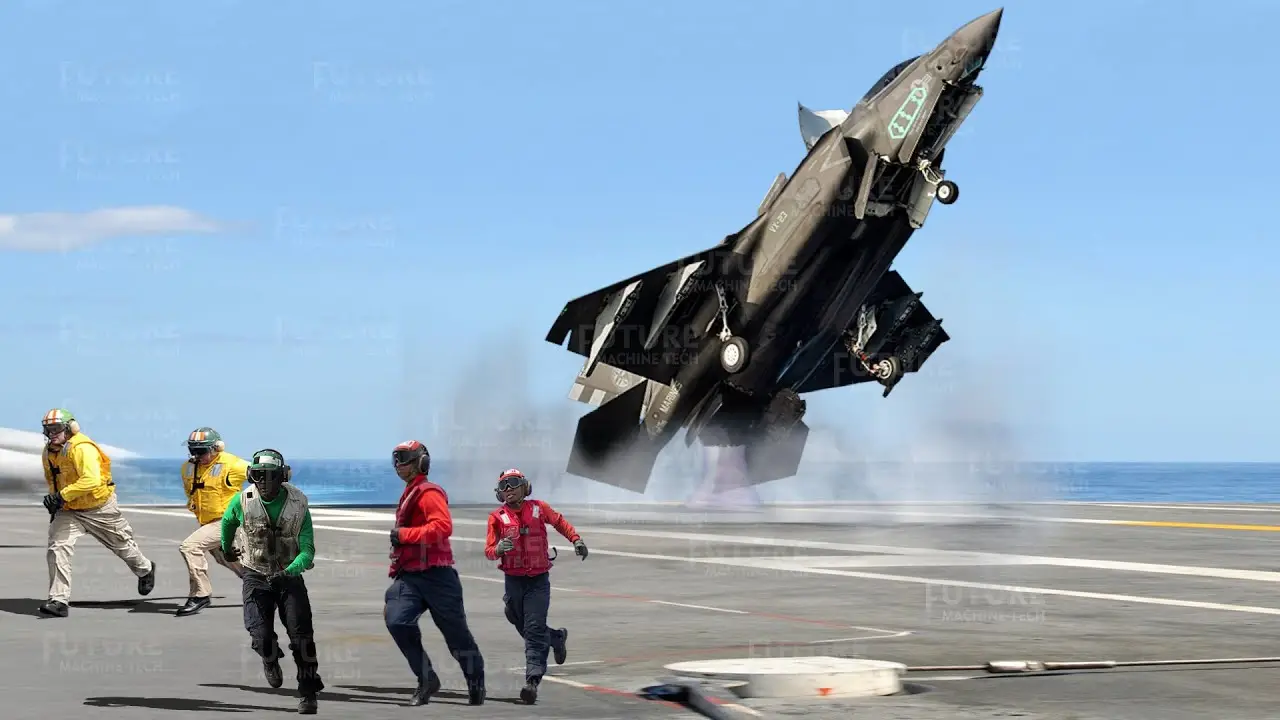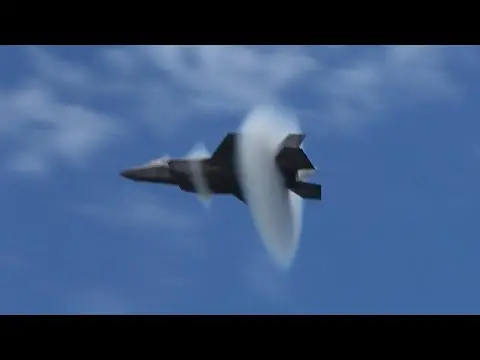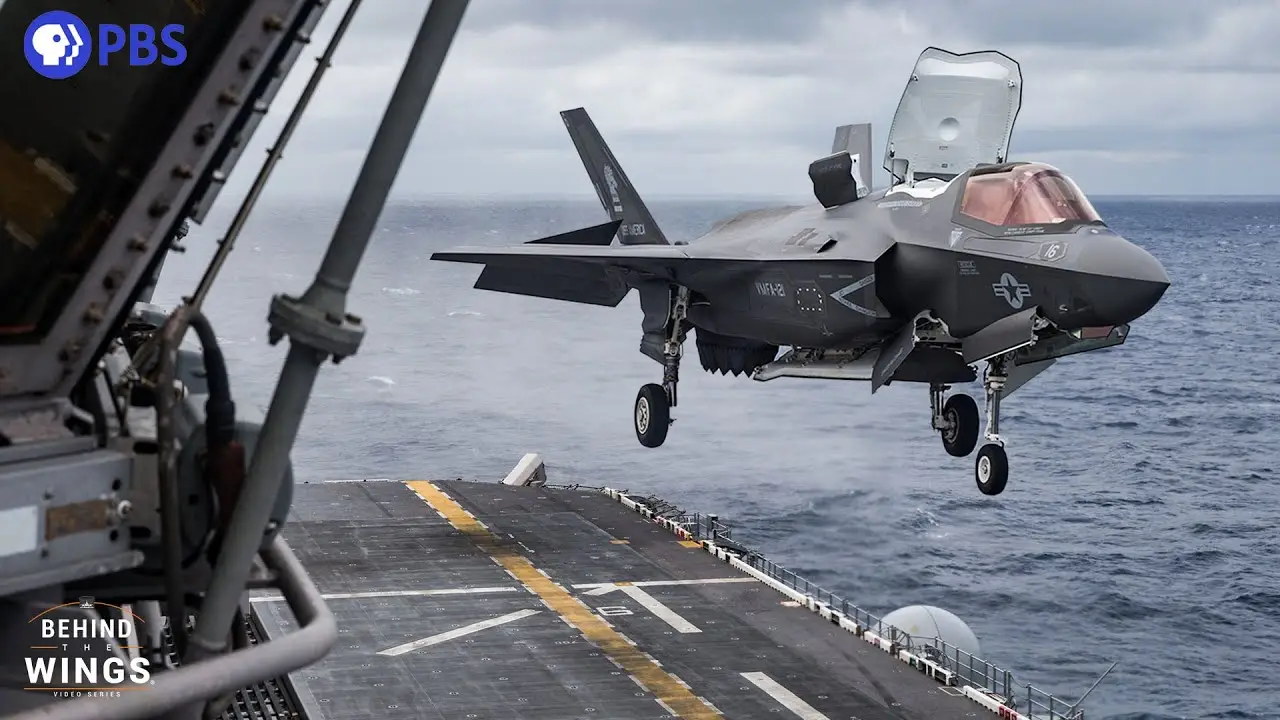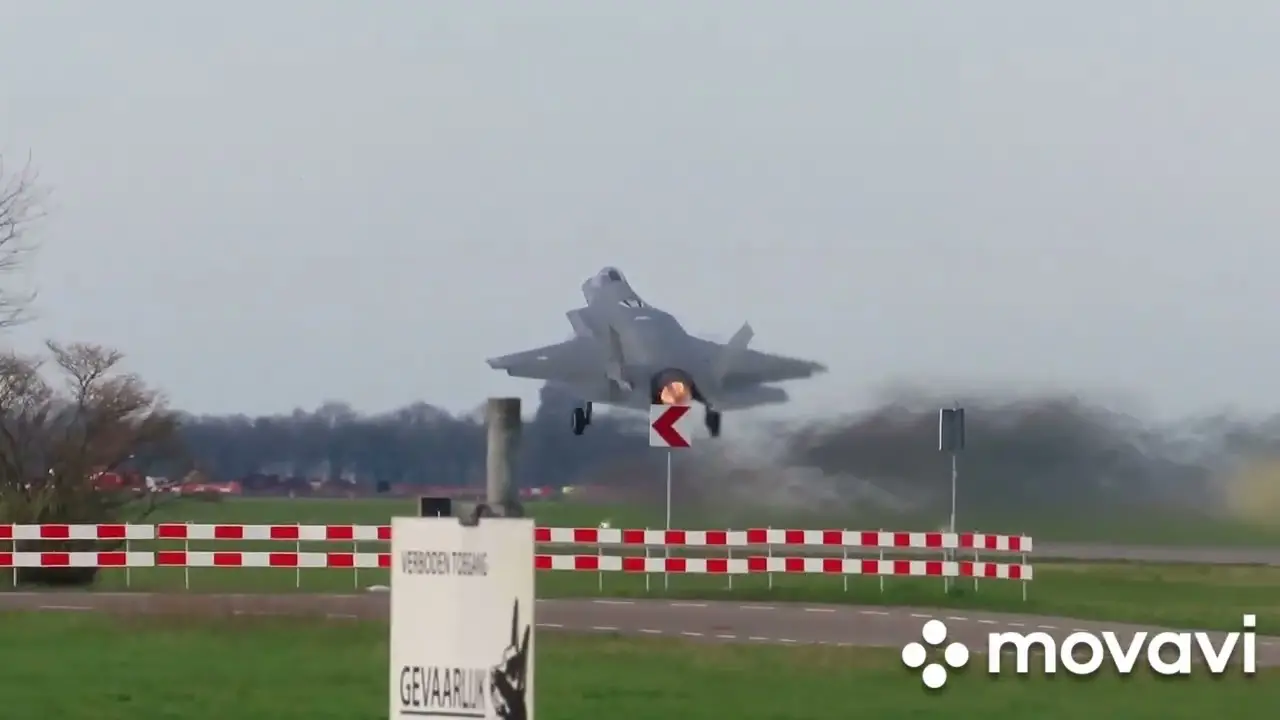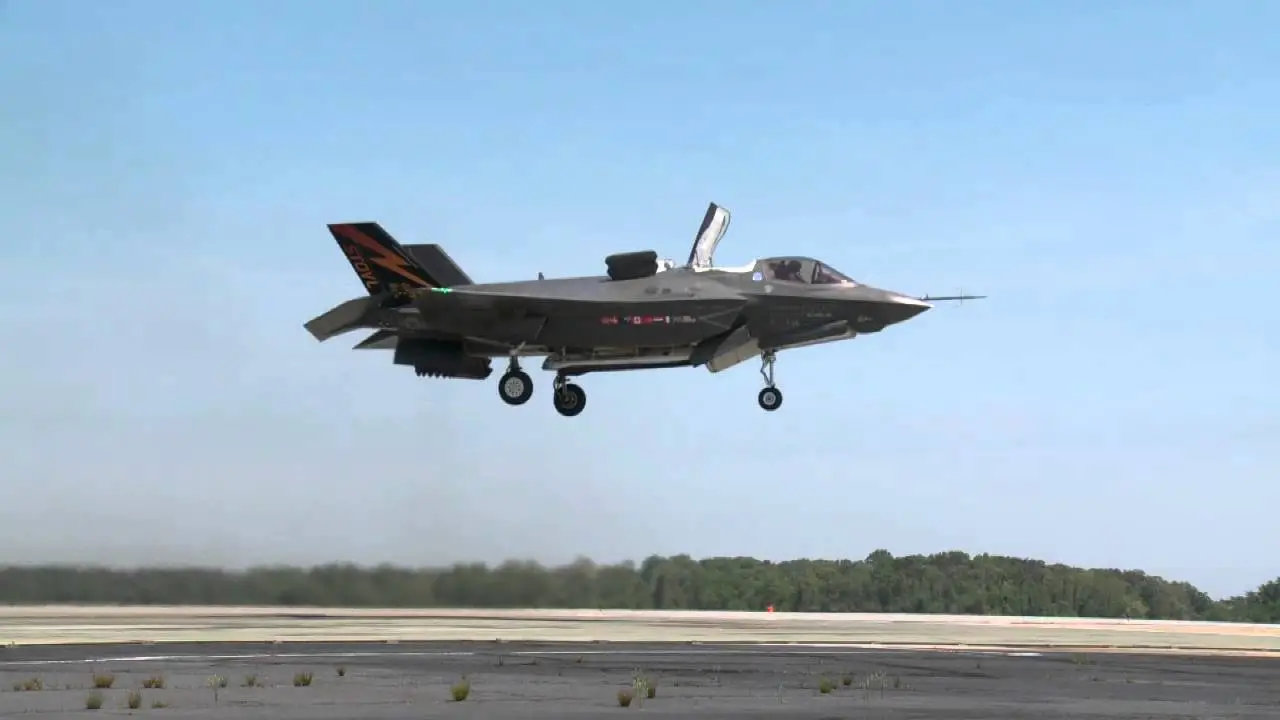Introduction to the F-35 Lightning II

The F-35 Lightning II is a fifth-generation, single-seat, single-engine stealth fighter jet developed by Lockheed Martin for the United States Air Force, Navy, and Marine Corps. It is also being manufactured for many allied nations through the F-35 Joint Strike Fighter program. This multi-role aircraft provides advanced capabilities in air-to-air, air-to-ground, and intelligence, surveillance, and reconnaissance missions. With its advanced technology and design, the F-35 Lightning II has become a crucial asset to modern military forces.
In this ultimate guide, we will dive into the history, features, performance, controversies, and future of this groundbreaking aircraft.
History of the F-35 Lightning II
In the late 1980s, the United States Department of Defense recognized the need for a new generation of fighter jets to replace aging aircraft like the F-16 and F/A-18. In 1996, the Joint Strike Fighter (JSF) program was officially launched with the goal of producing a new multi-role fighter that would be affordable, technologically advanced, and capable of meeting the needs of all branches of the US military.
After a rigorous competition between defense contractors, Lockheed Martin’s concept, the X-35, was chosen over Boeing’s X-32 to be developed into the F-35 Lightning II. The first prototype, also known as AA-1, took its maiden flight in December 2006. Over the next decade, several more prototypes were built and tested before the initial operational capability was declared in 2015.
Design and Features of the F-35 Lightning II
The F-35 Lightning II is a single-engine, single-seat aircraft with low-observable characteristics, meaning it is designed to evade detection by radar, infrared sensors, and other tracking systems. Its sleek and angular shape, combined with specialized coatings and materials, allows it to fly undetected in hostile airspace.
One of the most notable features of the F-35 is its advanced avionics system, which includes a state-of-the-art sensor fusion that integrates data from various sources into a single display for the pilot. This allows the pilot to have a comprehensive view of the battlefield and make informed decisions quickly.
The aircraft also has a helmet-mounted display system that projects critical flight information onto the pilot’s helmet, allowing them to see through the aircraft’s body and view data even when looking off-axis. This feature is particularly useful during dogfights, where the pilot needs to keep their eyes on the target while maneuvering.
Stealth Capabilities
The F-35 Lightning II’s stealth capabilities are a crucial aspect of its design. The aircraft is designed to reduce its radar cross-section, making it significantly harder to detect by enemy radars. This is achieved through a combination of factors like its shape, specialized coatings, and internal weapon bays that hide weapons when not in use.
The aircraft’s engine is also designed to reduce heat emissions, making it less vulnerable to infrared sensors. In addition, the F-35 uses advanced electronic warfare systems to jam enemy radar and communication systems.
Advanced Weapons System
The F-35 Lightning II is equipped with an advanced weapons system that allows it to engage targets on the ground, in the air, and at sea. It can carry a variety of weapons, including air-to-air missiles, air-to-ground missiles, bombs, and gun pods.
One of the most significant advantages of the F-35’s weapons system is its ability to network with other aircraft and ground stations, sharing data and coordinating attacks. This capability is known as the “sensor fusion” mentioned earlier and gives the F-35 a significant advantage in combat situations.
Performance and Capabilities of the F-35 Lightning II
The F-35 Lightning II has exceptional performance capabilities, thanks to its advanced design and technology. It has a top speed of Mach 1.6 (over 1,200 miles per hour), a range of more than 1,100 nautical miles, and can fly at altitudes of up to 50,000 feet. The aircraft also has a combat radius of over 500 nautical miles, meaning it can operate deep in enemy territory without the need for refueling.
In addition to its speed and range, the F-35 has impressive maneuverability, making it an agile fighter jet in aerial combat situations. Its engine provides excellent thrust-to-weight ratio, allowing it to perform vertical takeoffs and landings, which is crucial for operations on aircraft carriers and other short runways.
Lockheed Martin F-35 Lightning II An In-depth Overview
Vertical Takeoff and Landing (VTOL) Capabilities
The F-35B variant of the Lightning II was specifically designed for the US Marine Corps and features VTOL capabilities. This means it can take off and land vertically, similar to a helicopter, without the need for a runway. This is achieved through the use of a lift fan located behind the cockpit, which directs air downward to provide lift during vertical flight.
This feature gives the F-35B the ability to operate from smaller ships and remote locations, greatly expanding its operational reach. It also allows for quick deployment and repositioning, giving military forces greater flexibility in their operations.
Variants of the F-35 Lightning II
There are three main variants of the F-35 Lightning II: the F-35A, F-35B, and F-35C. Each variant has unique features and capabilities that make them suitable for different missions and branches of the military.
F-35A
The F-35A is the conventional takeoff and landing (CTOL) variant and was designed for the US Air Force. It is the most widely used variant, with plans to produce over 1,700 aircraft for the US alone. The F-35A has a conventional runway takeoff and landing capability and can be used on both land-based and carrier-based operations.
F-35B
As mentioned earlier, the F-35B is the short takeoff/vertical landing (STOVL) variant designed for the US Marine Corps. In addition to its VTOL capabilities, it also has a smaller wingspan and larger thrust vectoring nozzles, making it more maneuverable than the other variants.
F-35C
The F-35C is the carrier-based variant designed for the US Navy. It has larger wing surfaces and strengthened landing gear to withstand the stresses of catapult launches and arrested landings on aircraft carriers. It also features a redesigned wing-fold mechanism to allow for more efficient storage on the carrier deck.
Introduction to Combat Aircrafts
Production and Cost of the F-35 Lightning II
The F-35 Joint Strike Fighter program is the most expensive military weapons program in history, with an estimated cost of over $1.7 trillion. This includes the development, production, and maintenance of the aircraft over its lifetime.
One of the main reasons for the high cost of the F-35 is its advanced technology and design. The stealth capabilities, sensor fusion, and advanced weapons systems all contribute to the overall cost of the aircraft. However, supporters argue that the F-35’s capabilities far outweigh the cost and will provide significant benefits to military forces around the world.
Operational Use of the F-35 Lightning II
Since its initial operational capability was declared in 2015, the F-35 Lightning II has been deployed in missions worldwide. The US Air Force, Navy, and Marine Corps have all used the aircraft in various operations, including combat missions, training exercises, and peacekeeping efforts.
In addition to the US military, several allied nations, including Australia, Israel, Japan, and the United Kingdom, have also acquired the F-35 and are actively using it in their military operations. As more nations continue to join the F-35 program, the aircraft’s reach and impact will only continue to grow.
Combat Missions
The F-35 has been used in combat missions in Afghanistan, Iraq, and Syria. In 2018, the US deployed six F-35As to the Middle East for the first time, and they were used in several airstrikes against ISIS targets. The aircraft’s advanced capabilities proved to be crucial in these missions, providing valuable intelligence and firepower on the battlefield.
F-22 Raptor History, Features, Performance, and Comparisons
Training Exercises
One of the main benefits of the F-35 Lightning II is its ability to participate in large-scale training exercises with other military forces. These exercises allow for realistic mission scenarios to be replicated and provide an opportunity for pilots to train in a controlled environment.
The F-35 has participated in several international exercises, including Red Flag, NATO Tiger Meet, and Northern Edge. These exercises not only improve the skills of the pilots and ground crews but also allow for collaboration and information sharing between different nations’ military forces.
Peacekeeping Efforts
The F-35 has also been used in peacekeeping efforts, including Operation Noble Eagle, which aims to protect North American airspace from potential threats. This operation involves regular patrols by F-35s over Canada and the US, ensuring the safety of both countries.
Controversies Surrounding the F-35 Lightning II
Despite its advanced technology and capabilities, the F-35 has been surrounded by controversies since its inception. One of the most significant concerns is the high cost of the program, which has faced criticism from government officials and taxpayers alike.
Other controversies include the delays in production and testing, technical issues with the aircraft, and concerns over its performance and capabilities. In some cases, these controversies have resulted in the suspension or cancellation of orders by allied nations.
However, supporters of the F-35 argue that these issues are a normal part of developing such a complex and advanced aircraft and that the benefits far outweigh any concerns.
Cost Controversy
As mentioned earlier, the F-35 Joint Strike Fighter program has been criticized for its high cost. The total program cost includes development, production, and maintenance of the aircraft over its lifetime. However, many argue that the cost is justified due to the F-35’s advanced capabilities, which make it a game-changing asset in modern warfare.
Technical Issues
The F-35 program has also faced challenges with technical issues and delays in production and testing. One of the most significant problems was a software issue that caused the aircraft to reboot mid-flight, which could potentially be dangerous during combat missions. However, this issue has since been resolved, and the F-35 has continued to improve in performance and reliability.
Performance Concerns
Another controversy surrounding the F-35 is the concern over its performance and capabilities compared to other aircraft, particularly the F-22 Raptor. Some critics argue that the F-35 is not as capable or stealthy as the F-22, while others point out that the two aircraft were designed for different purposes and should not be directly compared.
Future of the F-35 Lightning II
Despite the controversies and challenges faced by the F-35 program, the future looks bright for this groundbreaking aircraft. As more nations continue to join the program and orders increase, the cost per unit is expected to decrease significantly. This will make the F-35 more accessible to military forces around the world, increasing its impact on the global stage.
In addition, Lockheed Martin and other defense contractors are continuously working on upgrades and advancements for the F-35, ensuring that it stays at the forefront of technology and remains a potent asset for years to come.
Conclusion: The Impact of the F-35 Lightning II
The F-35 Lightning II has come a long way since its inception, and its impact on modern warfare is undeniable. Its advanced technology, stealth capabilities, and multi-role capabilities make it a crucial asset for any military force.
Despite its controversies and challenges, the F-35 program continues to grow and evolve, and its future remains bright as more nations join the program and use this remarkable aircraft in their operations. With its impressive performance and capabilities, the F-35 Lightning II is sure to play a significant role in shaping the future of air combat.

